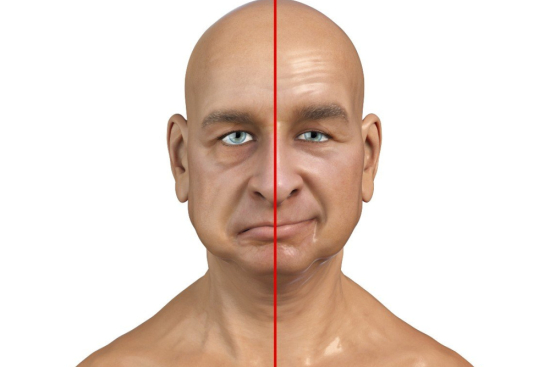Bell's palsy is a disorder of the facial nerve that causes weakness or paralysis of the muscles on one side of the face. This condition, which is often caused by inflammation of the nerve, can occur at any age and in both men and women. Despite its sudden onset, Bell's palsy is usually temporary and resolves without permanent damage.
Bell's palsy treatment plan: Cost in Turkey
Do you suffer from Bell's palsy? Our partner team specializes in the treatment of this condition. Benefit from personalized care in Turkey, including accurate diagnosis, appropriate surgery and comprehensive post-operative rehabilitation.
The cost of Bell's palsy treatment in Turkey ranges from $2,700 to $3,300.
Restore a natural facial expression and smile with our innovative surgical techniques.








